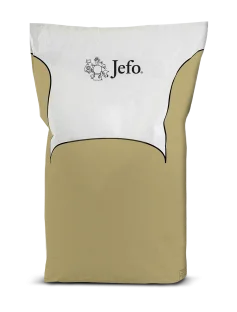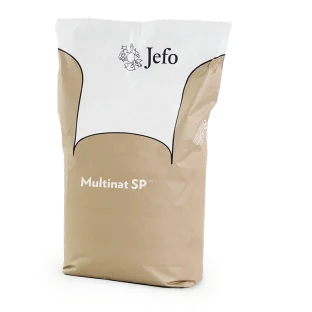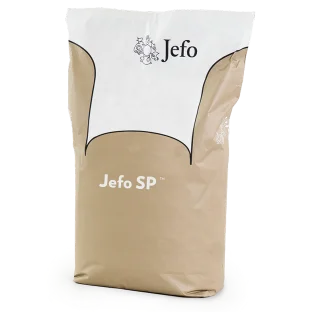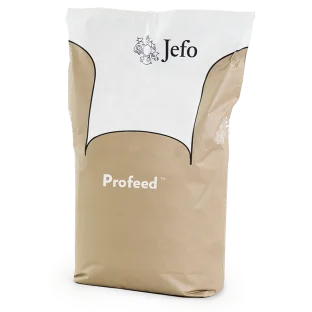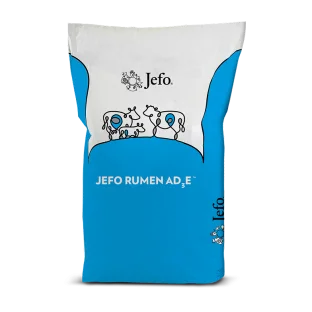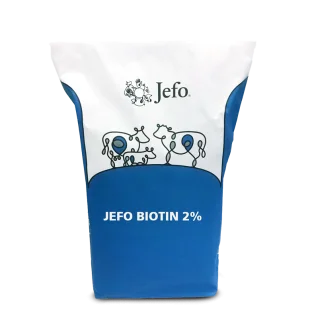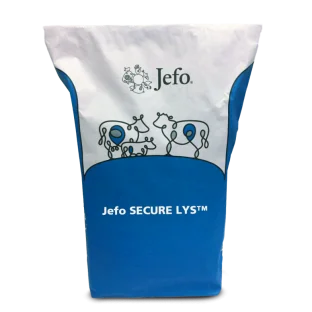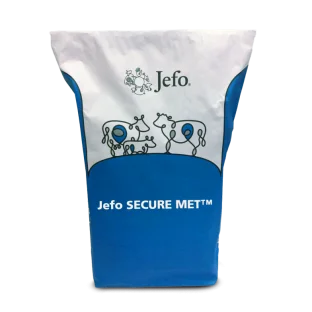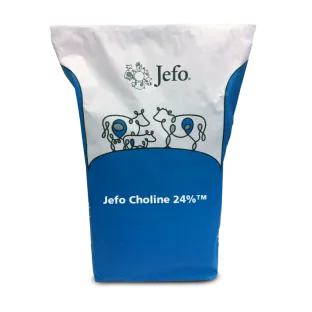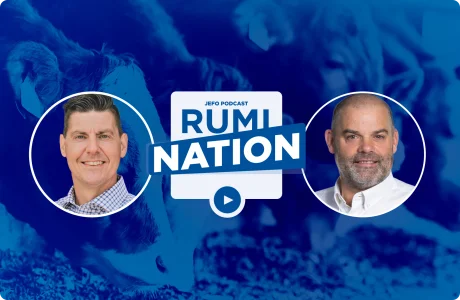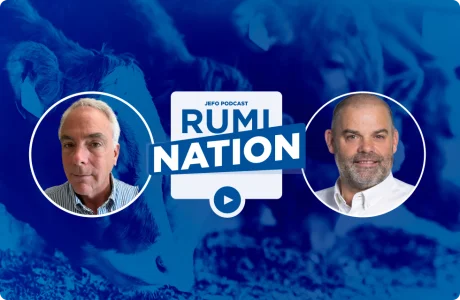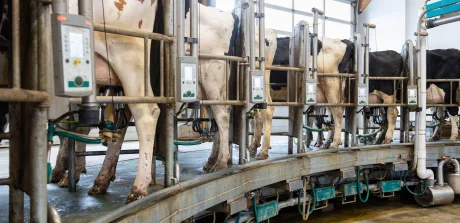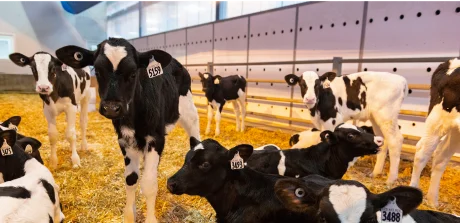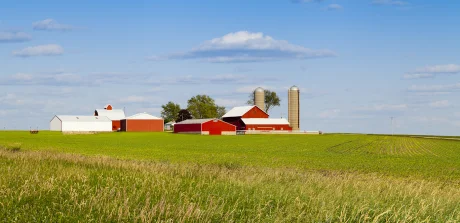- Article
- Dairy
- Management
- Stress
Working With Cattle: Stress-Reduction Tips for Dairy Farmers
This article first appeared in Progressive Dairy.
By Chris Gwyn, Jefo Nutrition North American Ruminant Business Development Manager
At Jefo Nutrition, we’re keenly focused on helping producers tackle a significant challenge: reducing stress in dairy cows. Through a recent survey, we asked dairy producers to name their top stressors. Unsurprisingly, "heat stress" was a frequent mention during the summer survey, but "animal handling" also emerged as a significant concern.
Key concerns highlighted by farmers:
- Encouraging calmness among employees around animals
- Ensuring both employee safety and cattle well-being
- Enhancing farmer and cow welfare
- Boosting cow comfort
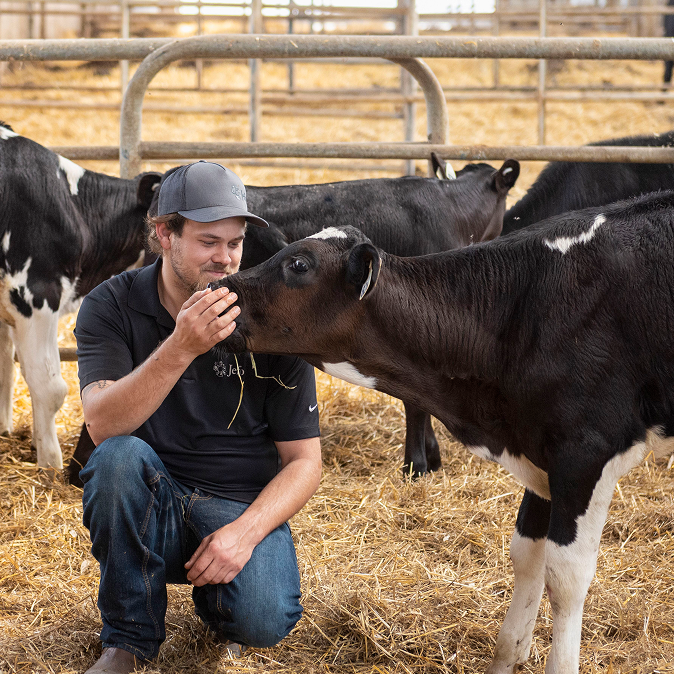
To delve deeper into animal handling, we featured Dr. Jennifer Van Os on our RumiNation Podcast (Season 5, Episode 12). As an assistant professor at the University of Wisconsin-Madison, Dr. Van Os's work revolves around enhancing animal welfare through innovative training resources.
Despite numerous resources available on cow handling, many farmers expressed a need for hands-on training. According to a 2018 USDA report, only 55% of U.S. dairy farmers provided specific training on cow handling, indicating a gap due to time, resource constraints, and translation costs.
Dr. Van Os emphasizes active learning integrating real-life scenarios to improve understanding of cow behavior, flight zones, and welfare. Here’s how you can improve animal handling and minimize stress on your farm:
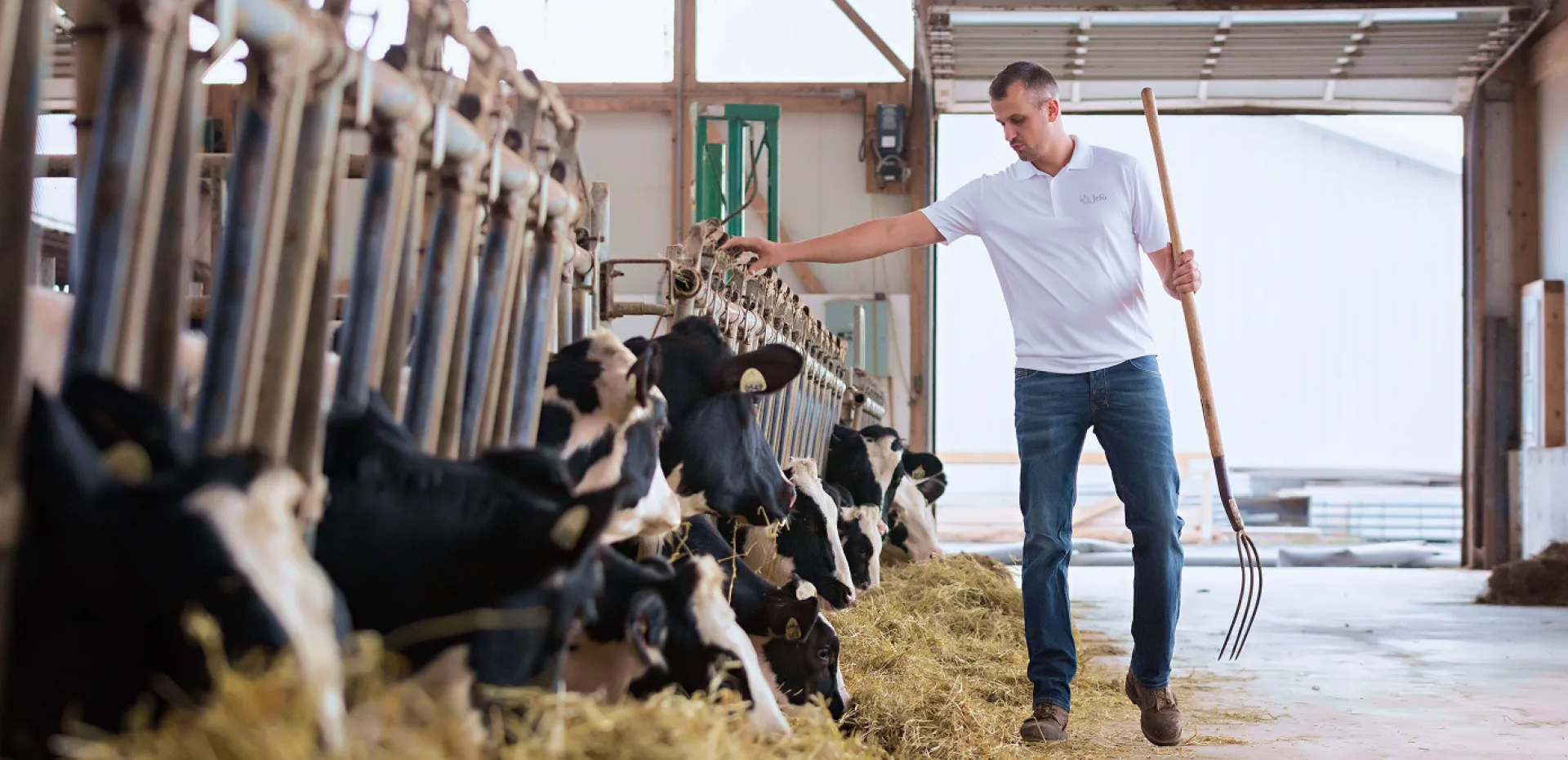
1. Embrace active learning
- Utilize resources like training videos, online guides, and interactive tools.
- Explore the FARM (Farmers Assuring Responsible Management) Animal Care Program for guidelines, evaluations, and best practices.
- Try hands-on tools like Dr. Van Os's "Mooving Cows" video game, which offers practical experience in stress-free cow handling.
2. Understand cow behavior
- Learn to interpret cow signals and body language—relaxed tails indicate calm, while tucked tails suggest discomfort or fear.
- Approach cows calmly, considering their flight zone and point of balance to guide movements without causing stress.
- Avoid aggressive handling to prevent unpredictable and dangerous behavior. Build trust through gentle, consistent interactions.
3. Assess your facilities
- Ensure your facilities are designed for safe, low-stress handling. If cows are slipping or resisting movement, re-evaluate your setup.
- In key areas like alleys and milking parlors, gentle handling enhances milk production by reducing stress-induced hormone disruptions.
- Keep restraint equipment in good condition and minimize the time cows spend in headlocks or chutes.
4. Prioritize your well-being
- Remember that farmer and employee well-being directly impacts animal welfare. Studies indicate a correlation between low stress levels in farmers and improved animal welfare scores.
- Jefo offers solutions to help manage stressors and maintain cow health and productivity. Visit JefoDairyStressors.com for resources on reducing stress and enhancing safety and performance.
Taking care of yourself and your employees ensures you can provide the best care for your cows.
